Website Temporary Closed
Nintendo Gamecube
The Nintendo GameCube (Japanese: ニンテンドーゲームキューブ, Nintendō Gēmukyūbu) is Nintendo's fourth home video game console and was part of the sixth generation console era. The console was released on September 14, 2001 in Japan, November 18, 2001 in North America, May 3, 2002 in Europe, and May 17, 2002 in Australia. It was the successor to the Nintendo 64 and predecessor to the Wii.
[collapse collapsed title=read more...] The Nintendo GameCube was the first Nintendo console to use optical discs as its primary storage medium, after several aborted projects from Nintendo and its partners to utilize optical-based storage media.In contrast with the GameCube's contemporary competitors, the PlayStation 2 and Xbox, the GameCube uses miniDVD-based discs instead of full-size DVDs. Panasonic made a licensed version of the GameCube with DVD playback, called the Panasonic Q.
In addition, the GameCube introduced a variety of connectivity options to Nintendo consoles, and was the fourth Nintendo console, after the Nintendo 64DD, Famicom Modem and Satellaview, to support online play, via the Nintendo GameCube Broadband Adapter and Modem Adapter. It also enabled connectivity to the Game Boy Advance to access exclusive features of certain games or to use the portable system as a controller for the Game Boy Player.
All Nintendo GameCube systems support the display of stereoscopic 3D, however this was only ever utilised for the launch title Luigi's Mansion, and the feature was never enabled outside of development. 3D televisions were not widespread at the time, and it was deemed that compatible displays would be too cost-prohibitive for the consumer.
The Nintendo GameCube was available in many colors. The two most common, released during the console's launch, were "Indigo" (the standard color used in most early advertising) and "Jet Black." "Spice" (Orange) GameCubes were also offered as standard models, but only in Japan. However, the standard controller was widely available in this color outside of Japan as well.
One of the defining aspects of the Nintendo GameCube was the rejuvenated relationship between Nintendo and its licensees. Unlike previous generations in which Nintendo was seen by some as bullying its third-party game developers, Nintendo openly sought game-development aid on the Nintendo GameCube. Sometimes, Nintendo would merely request that a third-party developer produce a game based on the third-party's own game franchises; other times, Nintendo would request that the third-party developer produce a game based on Nintendo's own game franchises.
The GameCube sold 21.74 million units worldwide, but despite Nintendo's efforts, the GameCube failed to reclaim the market share lost by its predecessor, the Nintendo 64. It was in third place compared to its competitors, Sony's PlayStation 2 and Microsoft's Xbox. The console's "family-friendly" appeal and lack of support from certain third-party developers skewed the GameCube toward a younger market, which represented a minority of the gaming population during the sixth generation.
[/collapse]- HOME


- PRODUCTS

- 3DO
- Amiga CD32
- Amstrad GX4000
- Atari 2600
- Atari 7800
- Atari Jaguar
- Atari Jaguar CD
- Atari Lynx
- Bandai Wonderswan
- Coleco
- Colecovision
- Famicom
- Famicom Disk System
- Grandstand
- JAMMA
- Mattel Intellivision
- MB
- Microsoft Xbox
- MSX
- Neo Geo AES
- Neo Geo CD
- Neo Geo MVS
- Neo Geo Pocket
- Nintendo 64
- Nintendo Game and Watch
- Nintendo Gameboy
- Nintendo Gameboy Advance
- Nintendo Gameboy Colour
- Nintendo Gamecube
- Nintendo NES
- Nintendo Virtual Boy
- PC Engine
- PC Engine CD
- Philips CDI
- Sega 32X
- Sega Dreamcast
- Sega Game Gear
- Sega Genesis
- Sega Master System
- Sega Mega CD
- Sega Megadrive
- Sega Nomad
- Sega Saturn
- Sony Playstation
- Sony Playstation 2
- Super Famicom
- Super Nintendo
- Texas Instruments
- Tiger Game Com
- Tomy
- Vectrex
- Japanese Video Game Imports
-

- MODIFICATIONS

- Switchless Modification
- Modification Sega 32X
- Modification Sega Dreamcast
- Modification Sega Megadrive
- Modification Neo Geo AES
- Modification Neo Geo CD
- Modification Nintendo NES
- Modification Sega Master System
- Modification Sega Mega-CD
- Modification Sega Nomad
- Modification Sega Saturn
- Modification Super Nintendo
-

- TECHNICAL INFO


- NEWS


- ABOUT US


- MEMBERS


- CONTACT US


Log on
x
Just In!
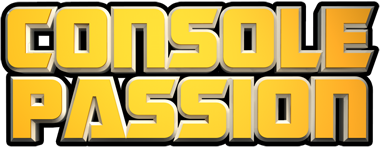
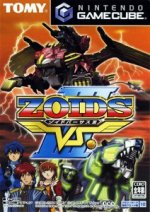
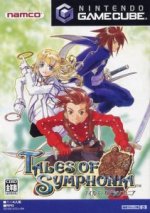
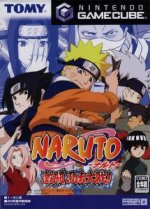
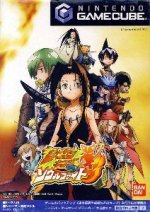

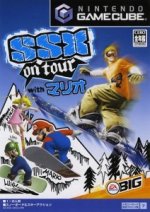


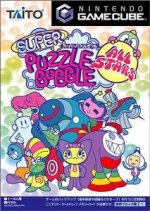
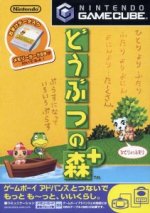

 Save time
Save time